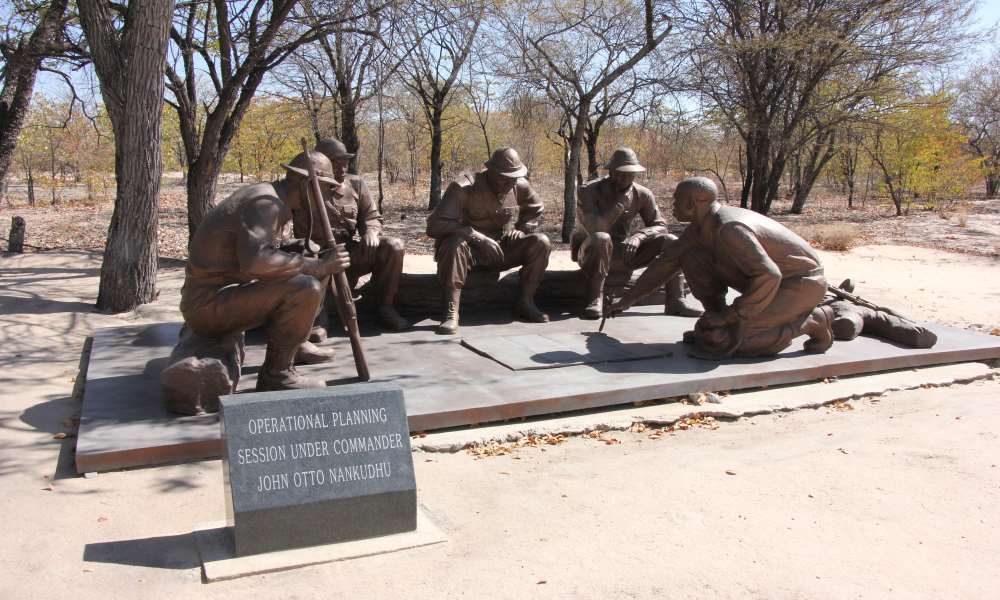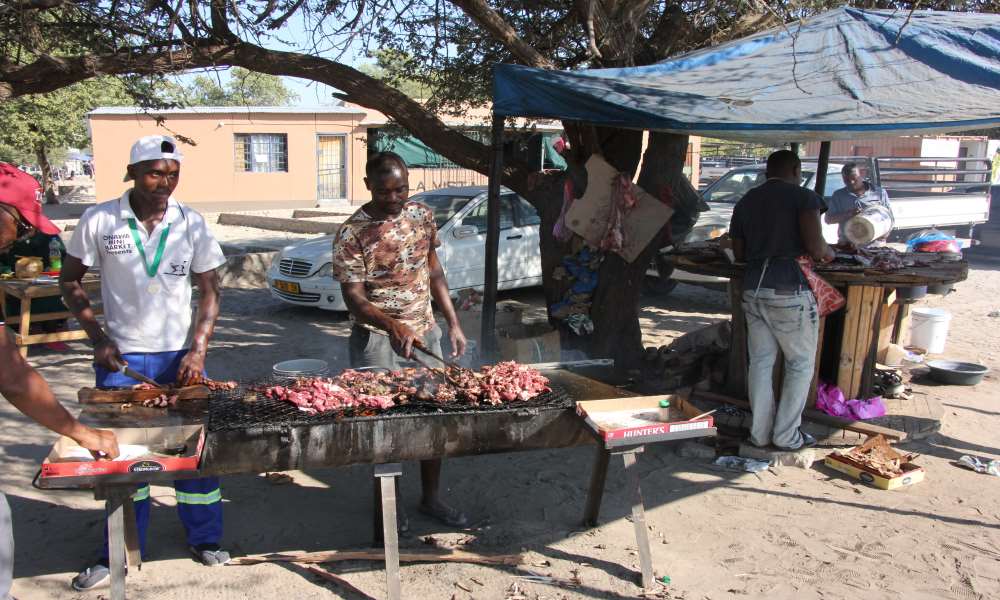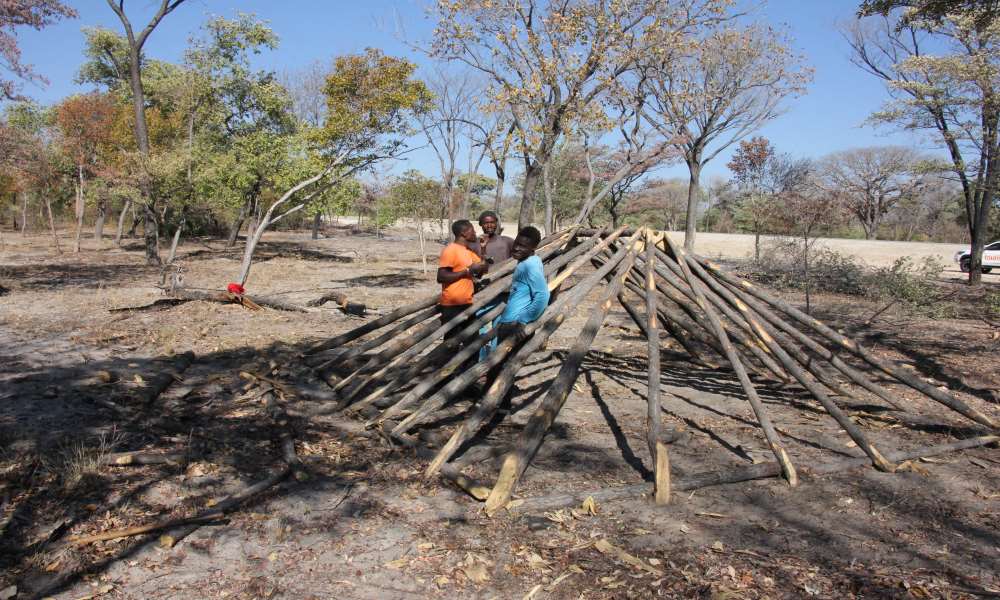Ovamboland: So much more than you think
On the 27th of September Namibia too celebrated the World Tourism Day. The motto for this year was and is “Rethinking Tourism”, which is a motto that was likely supposed to remind us all that the tourism industry has seen major shifts on account of the Covid-19 pandemic, which dictated such tremendous changes to how we live and plan our lives, never mind our holidays.But it was the Ministry of Environment, Forestry and Tourism (MEFT) that took a refreshing approach on World Tourism Day, by publicly announcing in Omuthiya in the Oshikoto Region – which together with Oshana, Ohangwena and Omusati, forms the so-called O-Regions, which comprises of areas in which the Ovambo (also known as Aawambo) are at home in northern Namibia – that the ministry wants to develop and extend the tourism offer in the north of Namibia.
Heather Sibungo, the Deputy MEFT-Minister said: "The Ministry of Environment believes now is the time to transform the future of tourism in Namibia and build a sustainable and inclusive sector that benefits the majority of Namibians." And she added: “It is time to rethink, transform and restart tourism.” Tourismus Namibia could not agree more as it is support meted out to a region that we support since July 2019, when TN dedicated a complete publication called “The Four O-Regions of Namibia”.
The subject has repeatedly featured on the “Tourismus Namibia” show, in which local attractions and visitors destinations as well as hospitality establishments are discussed. TN has always believed that the diversity of Namibian cultures quite naturally should result in a diversity in tourism offers.
Whether it is the Etosha National Park in the central north or the various conservancies in the Kaokoveld (towards the west) and those of Kavango West, all of these areas are situated on the fringes of the four O-Regions, which allows you to visit these culturally diverse northern areas and combine such visit with a holiday that leads to more traditional holiday destinations. Follow TN’s visit to the “Home of the Ovambo Nation” under this link: https://www.tourismus.com.na/post/of-the-ovambo-nation2019-07-02
Oshikoto- and Ohangwena Regions
The Oshikoto Region is found furthest east and equally north of Etosha National Park. Which is exactly the reason why you can plan a trip driving up from Tsumeb, exploring the region before you enter the park at the Von Lindequist Gate (Namutoni) or the King Nehale Gate as you leave Omuthiya, the administrative capital of Oshikoto.
If exploring an area that allows you to still do a bit of “wild camping” is your thing, and if you love meeting and talking to local folk, this area serves you well. You can explore the area on tracks and/or gravel roads by leaving the main tar road B1 (from Tsumeb to Ondangwa/Oshakati) and work your way up to the tarred C45 road that spans the most northern region of Ohangwena as it leads from Nkurenkuru to Mpungu and on to Eenhana before it re-joins the B1 at Onhuno (which leads up to Helao Nafidi and on to the border town Oshikango.
Enjoy the people and the surroundings and while in Eenhana, visit the Eenhana Shrine dedicated to the female soldiers of the People’s Liberation Army of Namibia (PLAN). As you move closer to the northern fringes of these regions, especially nearer to Mpungu and Okongo, you will find substantial forest growth.
Oshana: Where it happens
Deriving its name from the plural of Oshona – a shallow depression that fills and carries water in the rainy season – this area is largely situated in the swampy river delta environment, which is part of the Cuvelai-Etosha Basin.
The Oshakati-Ongwediva-Ondangwa metropolitan-type complex records the second-largest population concentration in Namibia (second only to Windhoek). It is in and near these three towns that you find a variety of offers in terms of historical sites and museums, Aawambo Living Museums and sights and sounds typical of an exciting African urban environment, while just as easily finding upper class establishments as you will find budget-accommodation.
Omusati: Where it began
Omusati is the Ndonga word for the Mopane Tree, but as you move further west, it is especially the Baobab trees that leave an impression on visitors. More so when you drive along the C46 that follows the water canal, which leads from Oshakati past Outapi back to its origin up at Ruacana (i.e. Calueque Dam).
When you reach the Olushandja Dam, you simply need to drive down to Onesi and stop at various sites where you find age-old Baobabs as you continue to Tsandi (the royal homestead of the Uukwaluudhi). Once here, you simply must take the time to drive the short distance to the war memorial at Omugulugwombwashe (also Ongulumbashe). It is here, where the first shots were fired that marked the start of the bush war that led to Namibia’s independence. The memorial shares pretty interesting history.
Typically you can now chose various routes to Kaokoveld or might simply enter the western side of the Etosha National Park at the Galton Gate as you aim for the Dolomite Camp. Choices, choices...















